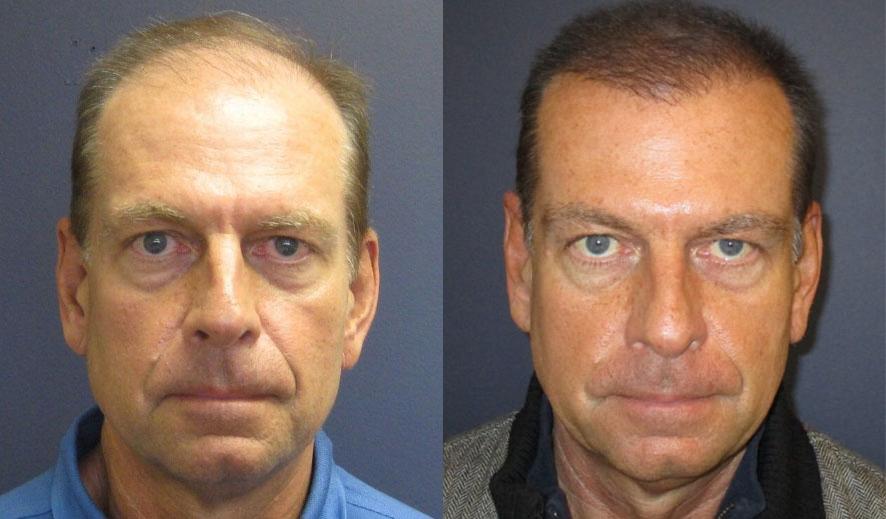Why would I have a hair transplant?
A hair transplant is a surgical procedure to restore the hair. It is performed to add more hair to an area on a person’s head that experiences balding or thinning. Hair from other parts of the body is taken and grafted to the balding area. You may consider this procedure if you suffer from hair loss, thinning hair, baldness, and uneven hairline. It can also be performed to restore eyelashes, eyebrows, and beard hair.
What are the benefits of having a hair transplant?
The result of a hair transplant is natural and permanent, so you don’t have to worry about scarring. It will improve your appearance and give you a high confident boost. Also, the result of a hair transplant requires only minimal maintenance as the transplanted hair works like regular hair.

What is the recovery time?
Your scalp will be sensitive for a few days following the surgery. However, the recovery period is generally quick. Within a few days following the surgery (typically 5 to 10 days), you should be able to return to work and most of your daily routine. Your hair will shed between the second and fourth weeks after surgery, but this is totally normal and you will be left with fabulous looking hair.
How long will I need to stay in the hospital after my procedure?
A hair transplant takes approximately 4 to 8 hours to complete. You may be allowed to leave the hospital immediately after the procedure is finished when the anesthesia wears off.
How long should I expect to stay overseas after my procedure?
In general, you only need to stay for 2 to 3 more days after you are discharged from the hospital. During your stay, you need to attend a follow-up appointment in which your doctor removes your bandage, examines the affected areas, and teaches you a special technique to wash your hair.
What aftercare should I take into consideration?
Your doctor will give you detailed post-operative instructions as well as post-operation items, such as specialist shampoo, lotion, multivitamins, neck pillow, a headband, and a special hat. To have a quick and smooth recovery period, make sure you stay away from alcohol and tobacco.
What’s the success rate like?
Hair transplant has a 98% success rate and is considered as the most effective treatment for hair loss. There are some potential side effects and risks, such as infections, temporary loss of sensation around the affected area, temporary scalp pain, itching, swelling, and inflammation of the hair follicles.

Are there alternatives?
Laser therapy and PRP therapy are the most common alternatives to hair transplants. With laser therapy, a low-level laser device is used to stimulate hair growth. With PRP therapy, your own blood is used to promote hair growth. Other non-surgical alternatives are using topical medications, use a wig, or trying other hairstyles.

